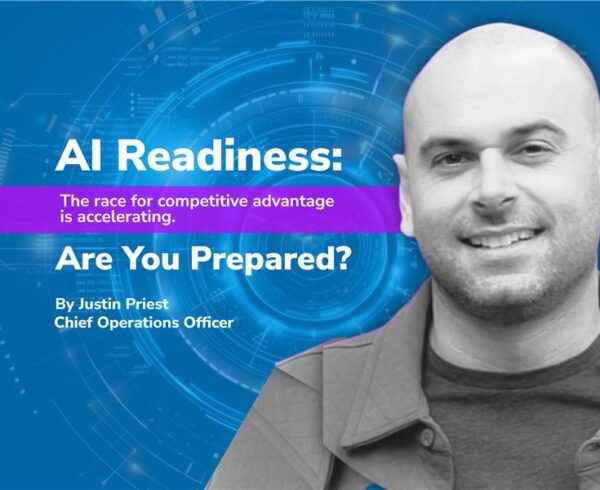As environments grow more complex, traditional I&O teams can’t scale fast enough to keep up. But your infrastructure can.
Traditional Infrastructure & Operations (I&O) teams are hitting a wall. As companies move faster and adopt more cloud services, the old way of handling tickets and manually fixing problems can’t keep up. The smartest organizations are shifting to platform engineering—and finding the right talent to make it happen.
The shift changes how companies think about infrastructure. Instead of teams constantly putting out fires and setting up systems manually, they build internal platforms that give developers self-service access to what they need while maintaining security and consistency. But technology alone doesn’t make platforms successful. How teams are structured matters just as much.
CROSS-FUNCTIONAL TEAMS MAKE PLATFORMS WORK
Traditional I&O and dev teams often operate like a relay race. Requirements are gathered, designs are handed off, code is shipped, and problems get passed along. That separation creates blind spots: designs that can’t be implemented, features that don’t match real workflows, or fixes that ignore business priorities.
Platform engineering changes this dynamic by bringing engineers, designers, analysts, and SMEs together from the start. Every decision whether about security, usability or performance is grounded in data, operational realities and business outcomes at the same time. The result is platforms that not only scale but also solve the problems that matter most.
THE NUMBERS DON’T LIE: PLATFORM ENGINEERING IS BOOMING
The momentum behind platform engineering is undeniable. The global platform engineering services market recently reached $5.54 billion and is projected to grow at a 23.7% CAGR through 2030, proof of massive industry investment in this transformation.
The pace is remarkable: over half (55.84%) of platform teams have existed for less than two years, showing how quickly organizations are making the leap. Talent demand is just as telling. Platform engineers earn an average of $193,412, about 26.6% more than DevOps roles at $152,710, highlighting the premium placed on these skills.
WHY I’M SEEING EVERY SMART CIO MAKE THIS SHIFT
After more than a decade working with IT leaders, the pattern is clear: traditional I&O teams are overloaded. Developers wait days for resources, and ops teams drop everything to handle outages
Platform engineering is changing everything! Instead of your I&O team being the bottleneck, they become the enablers. Teams build internal platforms so developers can get approved resources instantly while security and compliance are baked in.
Think of it like an infrastructure vending machine. Developers swipe their card (within your standards), get what they need immediately, and your ops team focuses on improving systems instead of answering the same tickets.
WHAT THIS ACTUALLY LOOKS LIKE
The organizations making this shift consistently see three advantages:
-
- First, everything scales automatically. Infrastructure provisions and repairs itself, removing the team as a constraint on business speed.
-
- Second, standards happen by default. Instead of hoping people follow your security guidelines, those guidelines are built into the platform. Every deployment automatically includes monitoring, backup, and compliance because that’s how the platform works.
-
- Finally, your expertise multiplies. Rather than your best engineers constantly answering the same questions, their knowledge gets built into tools that everyone can use. Your junior developers suddenly deploy like seniors because the platform embeds best practices.
THE TALENT TRANSFORMATION
The platform engineering shift represents a significant talent evolution in I&O organizations. The firefighting generalists of yesterday are becoming the platform architects of tomorrow. This transformation requires new skills but offers substantial career growth opportunities.






